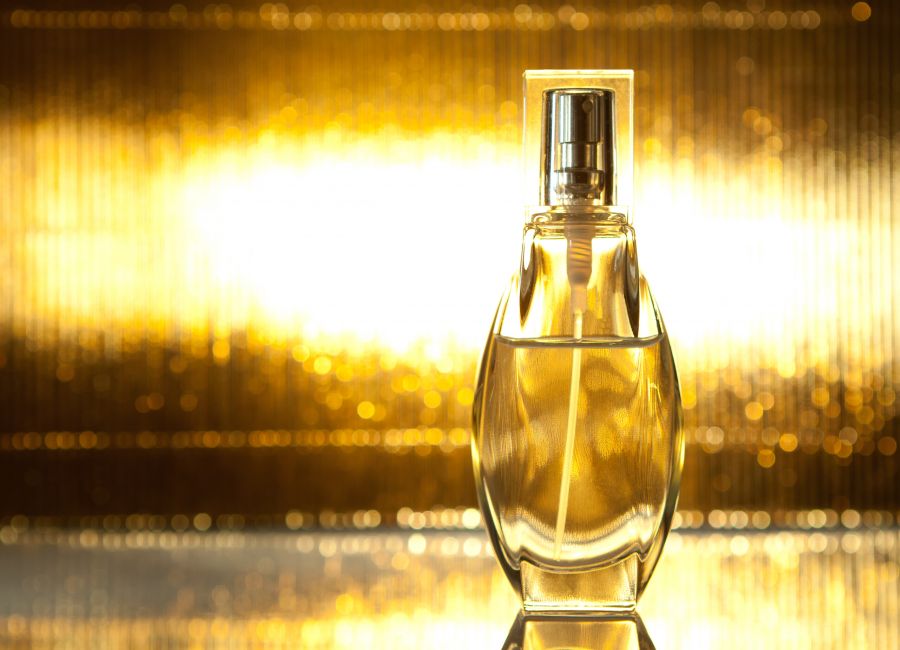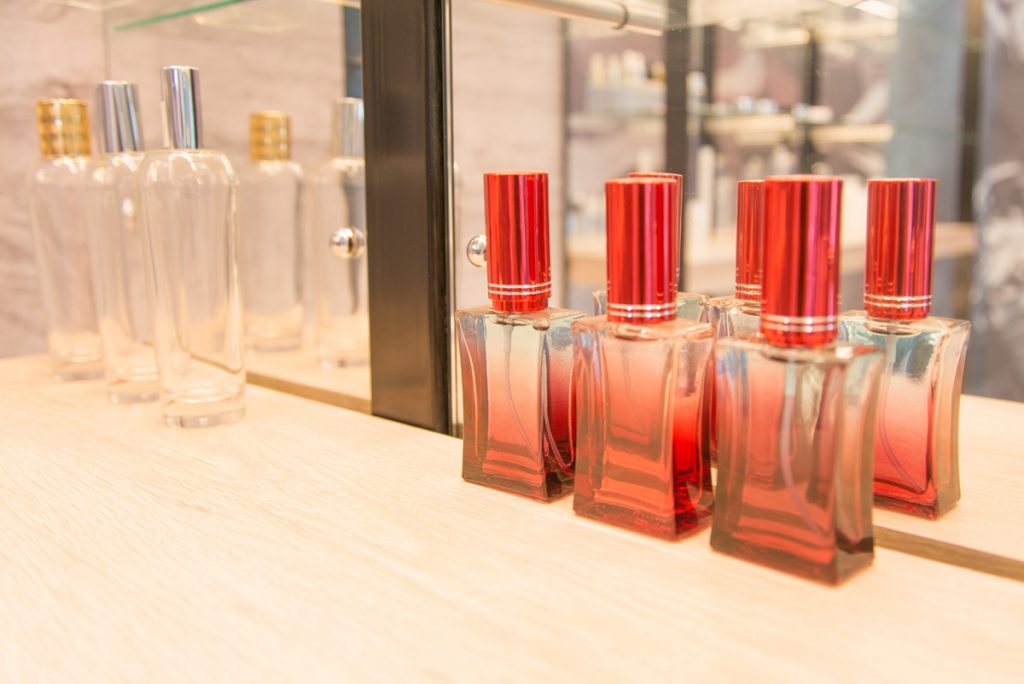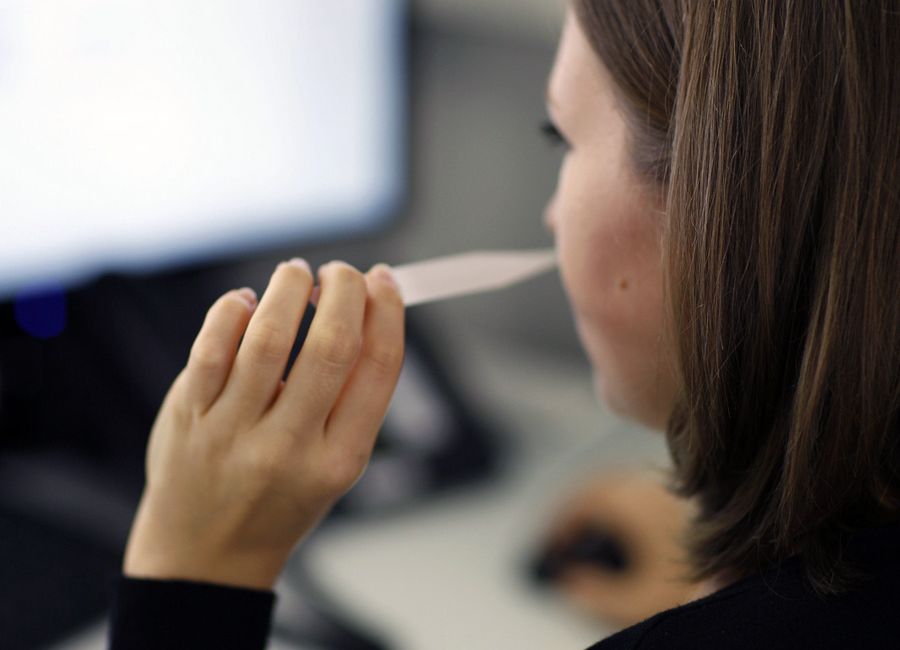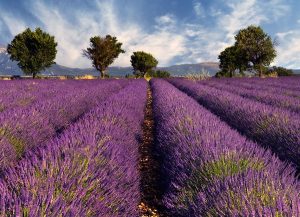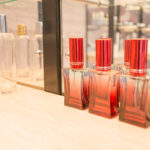Have you ever looked at your favourite perfume and wondered how it was made? Or wondered what ingredients it took to make such an iconic, beautiful scent? The perfume making process can be likened to an artist creating a painting, as it requires the maker to spend time and effort on the nuances of the fragrance in order to create a masterpiece. Top French perfumers spend years training and learning how to blend and create fragrances. Working with the right oil house means that you get all this expertise and know-how. Taking these blended oils and mixing with other ingredients will make learning how to make perfume an easy process. All it takes is some knowledge of how perfume is created and what types of fragrance ingredients are needed. Read on to get a glimpse of how to make your own perfume.
A perfume guide for beginners:
How is perfume made?
Before you can begin to dive right in to making perfume there are two important steps to undertake first.
Understanding perfume notes
Think of a pyramid. Divide the pyramid into three parts horizontally, the top notes exist at the top of the pyramid, mid notes in the middle and base notes at the bottom. The notes are the scents that can be noted when smelling the perfume. Every note will impact the other, for example the base note may change the top note when first sprayed on, but the top note may change the base note as the fragrance settles on your skin.
Creating a perfume is about mixing the perfect oils to create the desired scent, but this can be a very delicate and tricky process. At ACS, we suggest starting with an inspired scent before you begin to create your perfect mix. When you have the base of an inspired scent, then it’s easier to mix the right top and mid notes to it instead of trying a million and one oils, creating a heady blend of over-powering scents that do not work together.
Choosing the right packaging
All consumers will know that perfume is not only about the fragrance itself but is also about the perfect packaging to create it’s look and feel too. Many consumers buy perfumes based on the smell and look of the bottle and cap too.
At ACS we provide fragrance creators with a choice of packaging for their creations including perfume bottles which can be coated any colour and printed with your artwork along with an array of caps and quality fragrance pumps.
What are the ingredients used in making perfume?
There are two main ingredients in perfume, namely fragrance oils (which offer the top, mid and base notes spoken about before) and perfume ethanol which is also known as perfumers base. Let’s take some time to explain a bit more about each one:
Fragrance oils
Fragrance oils are essential oils that are included in a perfume along with fixatives and solvents in order to create the scent of the fragrance. Fixatives and solvents provide the longevity of the perfume itself.
Perfume Ethanol
Perfumers ethanol is a mix of ingredients with ethanol being the main component that acts as a solvent. It allows the fragrance oils to dissolve into a form that is able to be sprayed without taking anything away from the scent of the oils. Perfume ethanol enables a perfume to have longevity and last on the skin for many hours.
You’ve got to start somewhere
If you have the right ingredients and packaging to begin to create your signature scent, then you’re A-for-away. Don’t be afraid to try. ACS offers a range of ‘Inspired by’ perfume scents too. Inspired by fragrances smell the same as many well-known perfumes.
We recommend that before you even begin to create a fragrance inspired by your favourite scent, be sure to know what emotion you want to evoke when using it. Is there a signature scent you know and love that inspires your perfume brand and creates a feeling you wish to replicate?
If you’ like some help from the experts in perfume services, creation, packaging and more, contact the ACS Promotions team today on 011 783 0605 or visit www.acspack.co.za and complete a contact us form.

